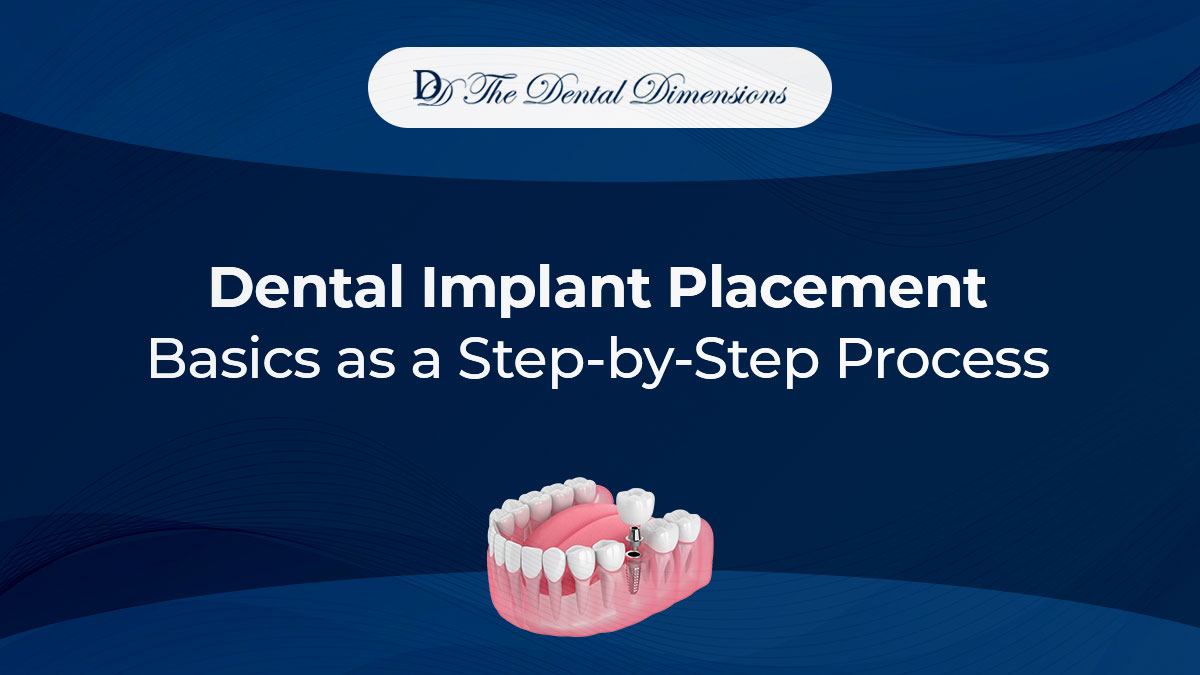When having a dental implant operation, patients may often anticipate outpatient surgery. Here are the fundamentals of dental implants in West San Jose and what the patient might anticipate. Typically, this kind of surgery is carried out in phases. For instance, the injured tooth is routinely removed during the first step. The bone is meticulously prepped for surgery, and bone grafting may occasionally be a part of the preparation. The oral surgeon can then insert metal posts resembling dental implants into the jawbone once the jawbone has recovered.
Recovery Following Implant Surgery
The patient may need to recover for longer, if necessary, after this part of the dental implant procedure, which might easily go on for a while. Because every patient is diverse and unique, recovery may vary greatly. The oral surgeon places an “abutment” during the next step of the procedure. This is only an extension of the metal post of a dental implant that will make it simple to accept a variety of oral appliances or false teeth. Your dental professional will create molds of your teeth when the soft tissue has had time to heal.
Efficacious Chewing Forces
The patient should be aware that the dental implant procedure may take several months from beginning to end. A significant portion of the process’s time is spent recovering and watching the patient’s jaw to build new bone. When bone grafting is necessary, this surgery’s crucial component is that the procedure may be drawn-out and a little more challenging. When the jawbone is too thin or too soft for dental implant surgery, bone grafting is typically used. The patient should be aware that the bone is subjected to significant pressure from strong chewing forces inside the mouth. To provide a firm foundation for dental implants, the bone must be sound.
Bone Grafting
A portion of bone is taken from the patient’s jaw or another area of the body when bone grafting is necessary. For instance, the hip is frequently chosen as the ideal location for bone transplantation. Other times, a synthetic bone replacement or bone material made from an animal may be employed. Once an appropriate bone material has been selected, the jawbone can next receive the transplant. Most patients may do modest bone grafting during dental implant surgery. The general health of the jawbone is always what guides the oral surgeon’s course of action.
Fully functional Oral Organs
In essence, a dental implant is made to operate exactly like a tooth by offering a stable and solid foundation so that patients may benefit from normal oral functionality and a pleasing external look. Additionally, patients should be aware of their options for dentures after dental implant surgery. A prosthetic tooth can then be fitted when the gums have had time to recover for a few weeks. Your dentist will take imprints of your mouth and any nearby teeth. When finished, these imprints produce a restorative crown that will resemble your natural teeth perfectly.
Snap Firmly Into Place
In the end, patients will have an option between detachable and set prosthetic teeth. Both may be used in certain circumstances, according to the advice. Detachable fake teeth and traditional removable dentures are comparable in many respects. The dental implant abutment serves as the last point of attachment for the metal frame on which the denture appliance is mounted. It is made to fit snugly inside the mouth and may be easily removed when necessary for normal maintenance or repair.
On the other hand, a fixed form of dental implant abutment is permanently attached. The restorative work cannot be removed under this sort of system for cleaning, sleeping, or repairs. Today, many patients have a great alternative to affordable implant dentistry. For further information about implants, consult your dentist.



